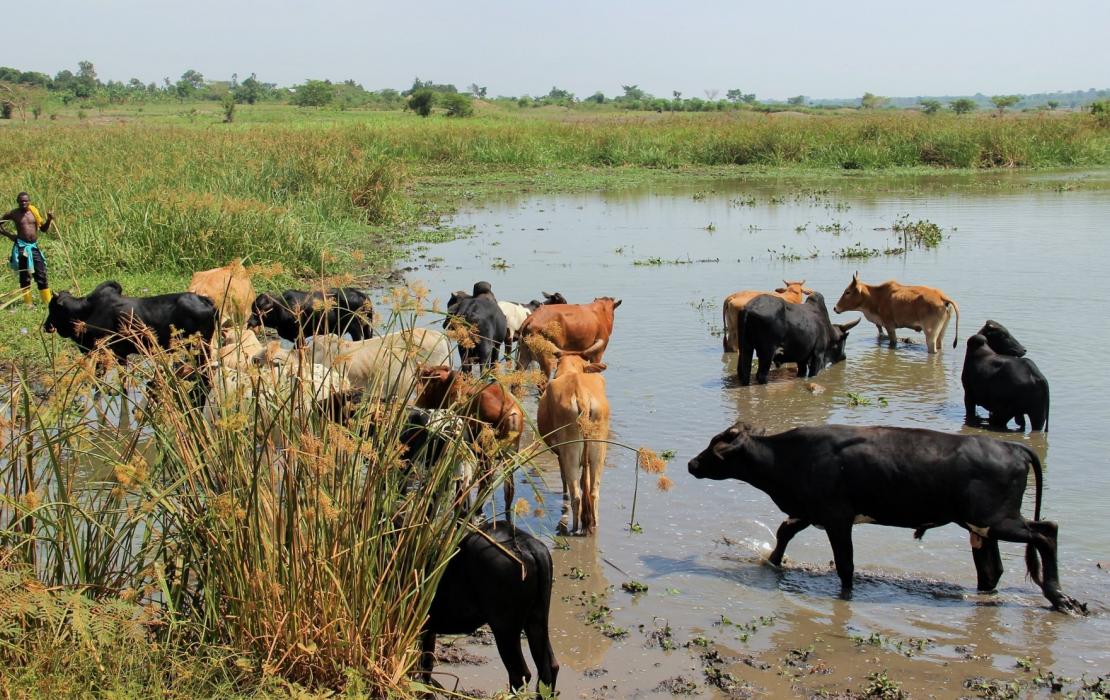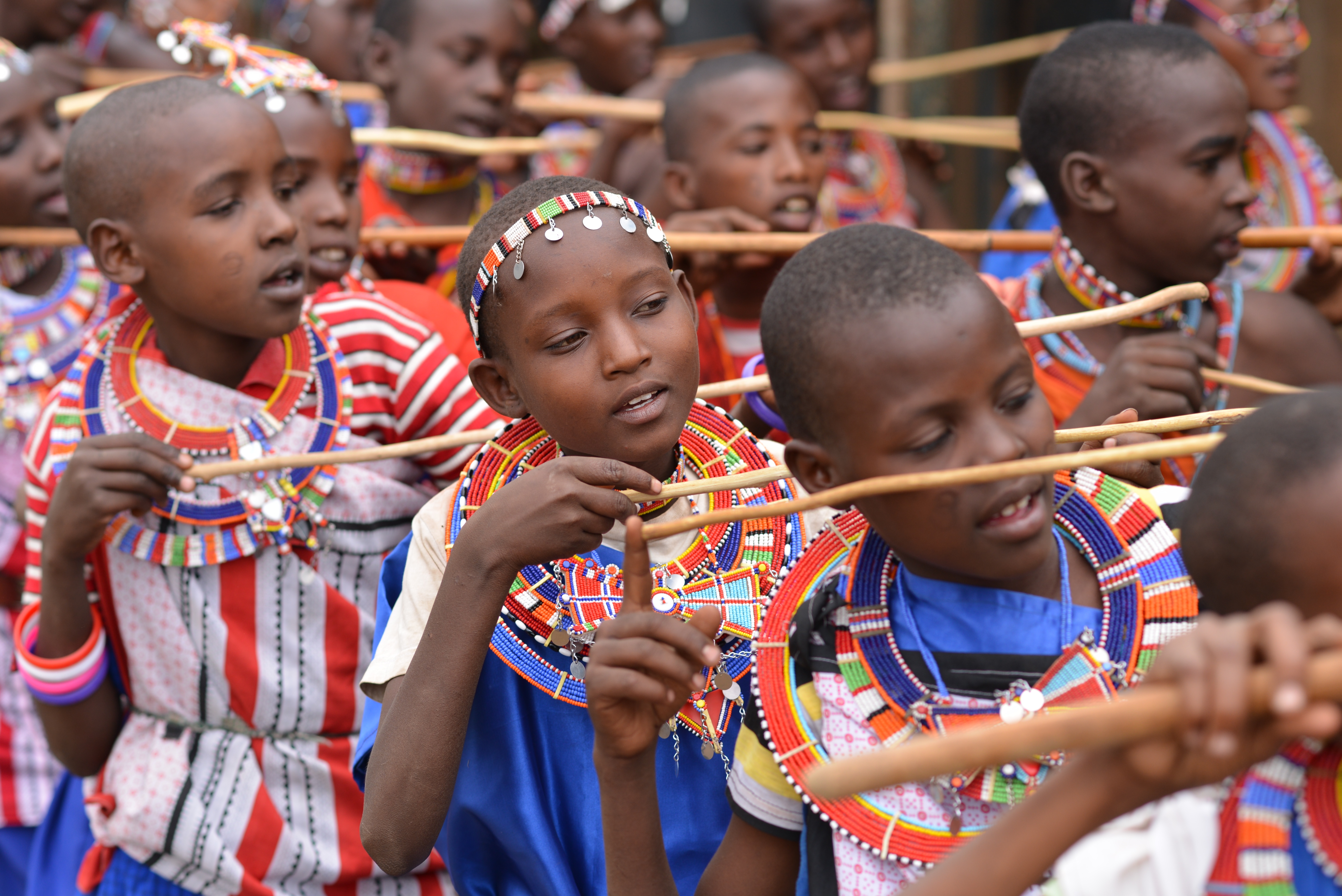
Photo: UNDP Kenya

Photo: UNDP Kenya
As the impacts of climate change are increasingly felt across Africa, countries in the region are nevertheless leading on climate action and making the most of the climate solutions the continent has to offer.
Governments’ climate commitments are key to peace and prosperity as well as to preserving Africa’s unique natural wonders. That includes the Nile (the world's longest river), the Congo rainforest (the second largest on the planet) and the unparalleled biodiversity found within the continent’s diverse ecosystems.
By embracing transparency, inclusion, and scientific partnerships, here is how three African countries – Uganda, Kenya, and Somalia - are demonstrating that real progress towards climate action is possible.
1. 'All systems go' in Uganda
For climate action efforts to count, countries must measure progress towards achieving their climate goals. Uganda is one of the first countries to develop and launch an interactive monitoring, reporting, and verification (MRV) tool. The new tool, in real-time, tracks the national GHG inventory and streamlines data collection by tracking and reporting climate actions across sectors. Another unique thing about the tool is that it encompasses both adaptation and mitigation efforts, closely monitoring the progress of targets outlined in Uganda's updated NDC.
Uganda's MRV tool goes beyond just tracking sectoral contributions to climate action. It also generates reports illustrating how this data aligns with different indicators of the SDGs, fulfilling international and domestic reporting requirements. In addition, the tool tracks climate finance flows for specific climate actions which is critical to identifying financing gaps and enhancing planning and budgeting for NDC implementation.

Photo: UNDP Uganda

Photo: UNDP Uganda
An added benefit of this innovative approach is that it also links Uganda's climate actions to the country’s broader sustainable development objectives. In doing so it showcases Uganda’s commitment to a holistic and integrated approach to climate and development action, which will help increase the efficiency of interventions, serve as a foundation for balancing immediate and long-term benefits, and help secure funding for options with the greatest societal and environmental benefits.
Launched in conjunction with their NDC's implementation and financing plan, the MRV tool was officially operationalized with support from UNDP's Climate Promise and SCALA Programme. Through a hands-on training of 60 representatives from national and local governments, the private sector, and civil society organizations, Uganda is building national capacity to leverage the tool's capabilities for impactful climate action and reporting.
2. Everyone's forest in Kenya
To address the consequences of decades of deforestation, Kenya is now concentrating on preserving, recovering, and expanding its diverse forest ecosystems.
The country has already made notable strides, achieving its initial goal of reaching 10 percent of tree cover by 2022. It has increased its ambition and is now aiming for 30 percent of tree cover by 2050. These efforts form part of the country's broader commitment to enhance its climate ambition, which involves reducing greenhouse gas emissions and implementing more robust adaptation actions.
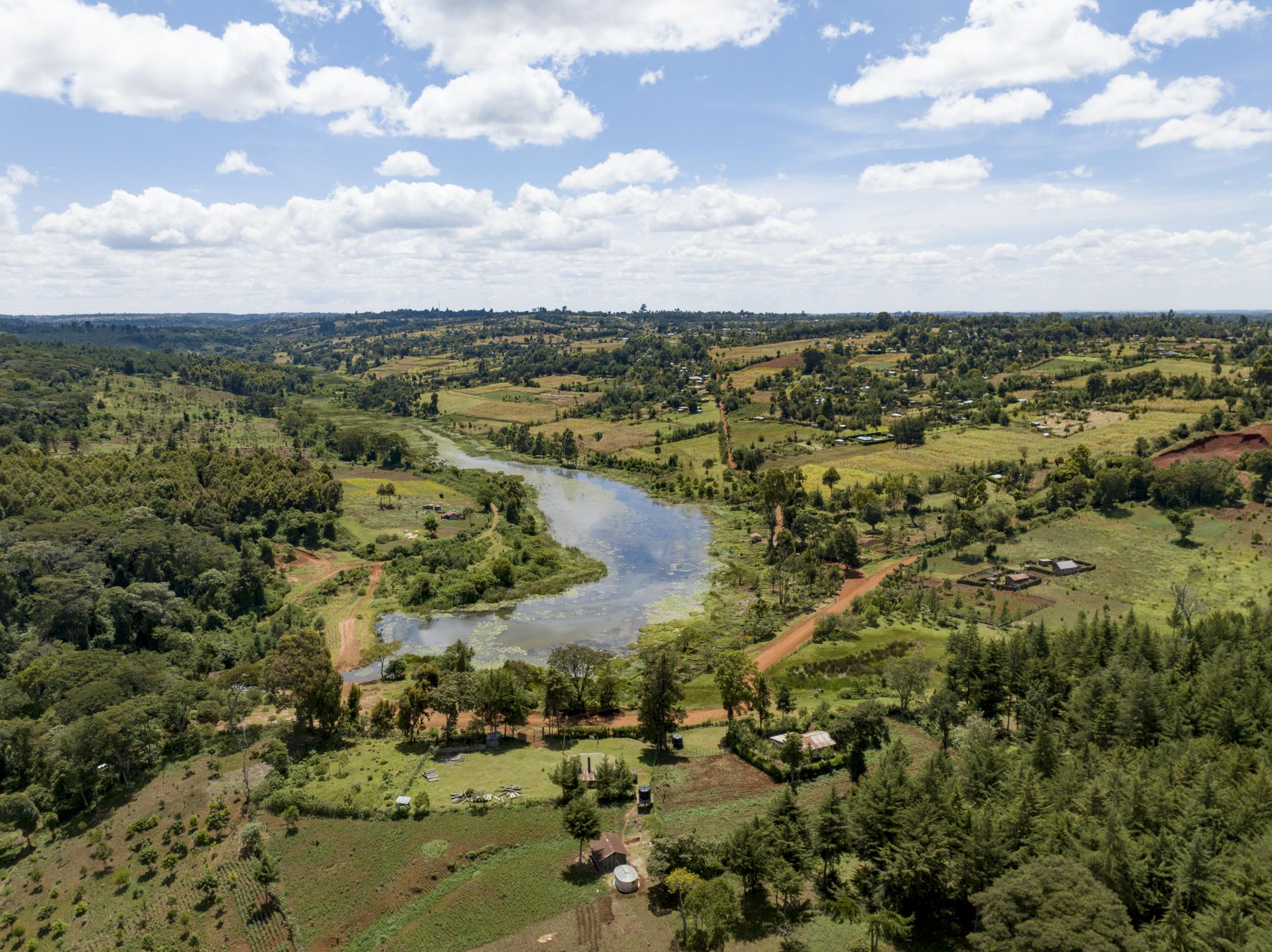
Photo: UNDP Kenya
What sets Kenya's approach apart is not just its ambitious reafforestation goal, but also its adoption of a whole-of-society strategy. This is exemplified by the active involvement community groups who work alongside national government and regional and local authorities to rehabilitate three forestry ecosystems of importance to the country: the Kaptagat and Kakamega forests and Lake Magadi.
Around 2 million people who depend on forest ecosystems for their livelihoods are benefitting from this initiative. Community groups, including school and forest associations, have been involved in tree planting campaigns and developing forest communal management plans alongside the Kenya Forest Service. Such inclusive approaches help to ensure ownership and sustainability of these endeavors.
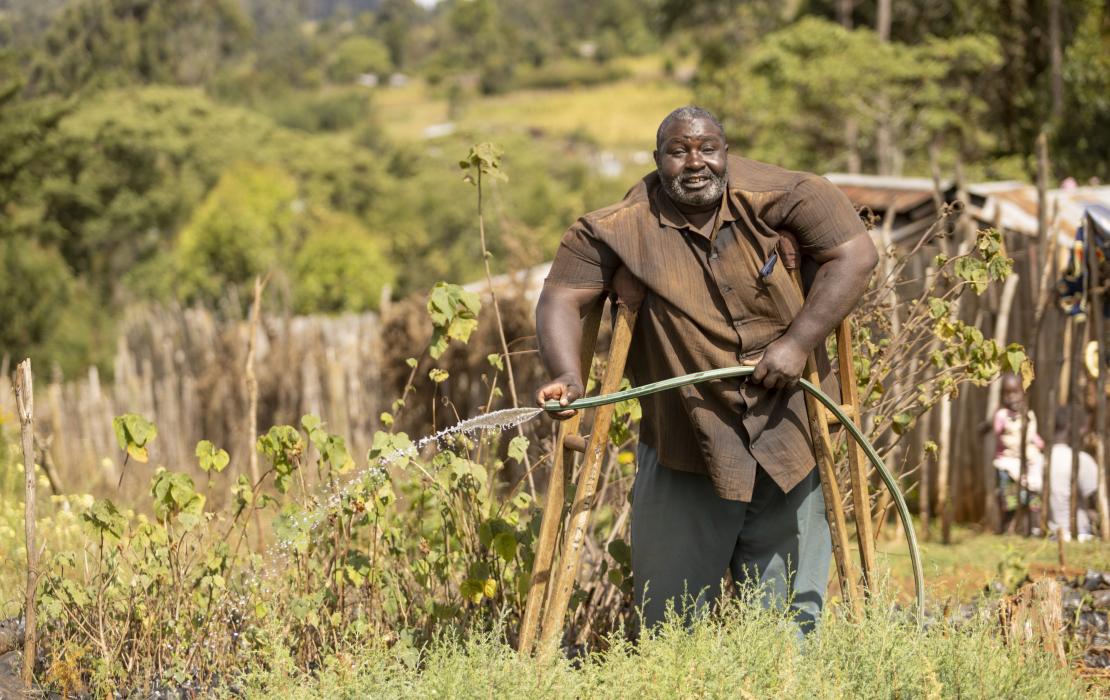
Photo: UNDP Kenya

Photo: UNDP Kenya
For example, in Narok County, 20 schools are actively participating in a locally led tree-planting campaign. The initiative spans 4,800 schools nationwide and establishes seedling farms that provide children with hands-on learning opportunities on nurturing and caring for seedlings. This approach fosters environmental awareness in the younger generation while also providing them with concrete skills and schools with much needed vegetation.
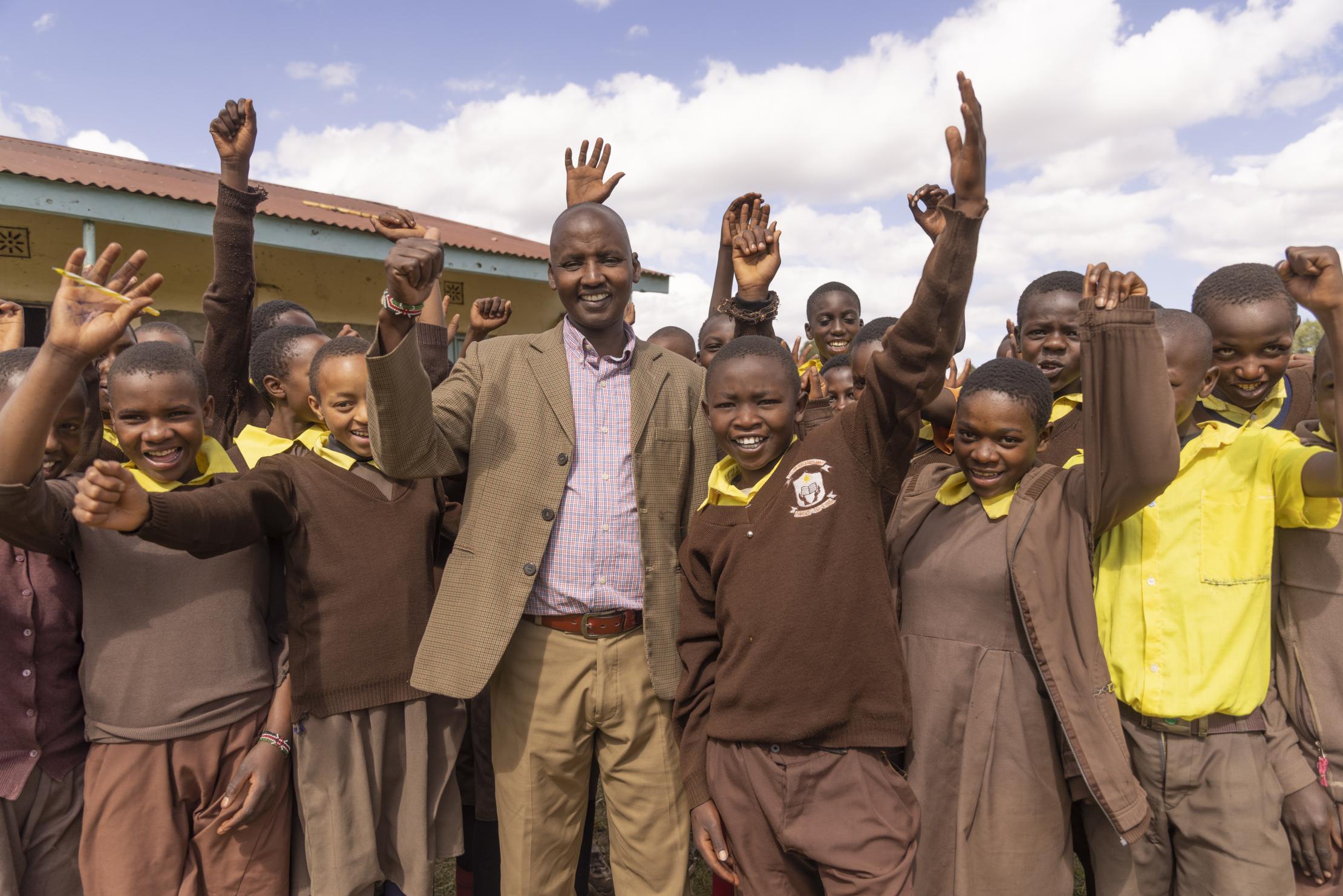
Photo: UNDP Kenya
Additionally, Kenya and its partners recognize and actively support the significant role of Indigenous communities in preserving forests. By providing direct grants to selected local non-governmental organizations that will work with Indigenous communities, UNDP aims to encourage local efforts towards forest conservation, thus recognizing their unique knowledge, skills, and perspectives, and building on the experience of those on the frontlines.
By involving stakeholders, promoting community engagement, and empowering young people and Indigenous communities, Kenya is making significant strides towards achieving its climate goals and fostering a sustainable future for its citizens and its precious ecosystems.
3. Bridging gaps with partnerships in Somalia
In Somalia, engaging academic institutions as strategic partners in climate action is emerging as a key solution to limited technical and institutional capacity.

Photo: UNDP Somalia
To bridge the capacity gap, Somalia has formed partnerships with three universities – Moud University, Puntland State University (PSU) and SIMAD University -- to implement its National Adaptation Plan (NAP). This collaboration allows the government to tap into the expertise of the universities and outsource the development of essential training and outreach.
By involving academic institutions, Somalia is ensuring the knowledge and lessons learned during the implementation of its NAP project – supported by the Green Climate Fund and UNDP – can continue to benefit the country beyond its duration.The universities will be involved in designing a monitoring and evaluation (M&E) framework, by providing input on data availability and monitoring methodologies, as well as its implementation. University partners will also play a key advisory role in the development and implementation of vulnerability assessment methodologies to support the formulation of the National Adaptation Plan.
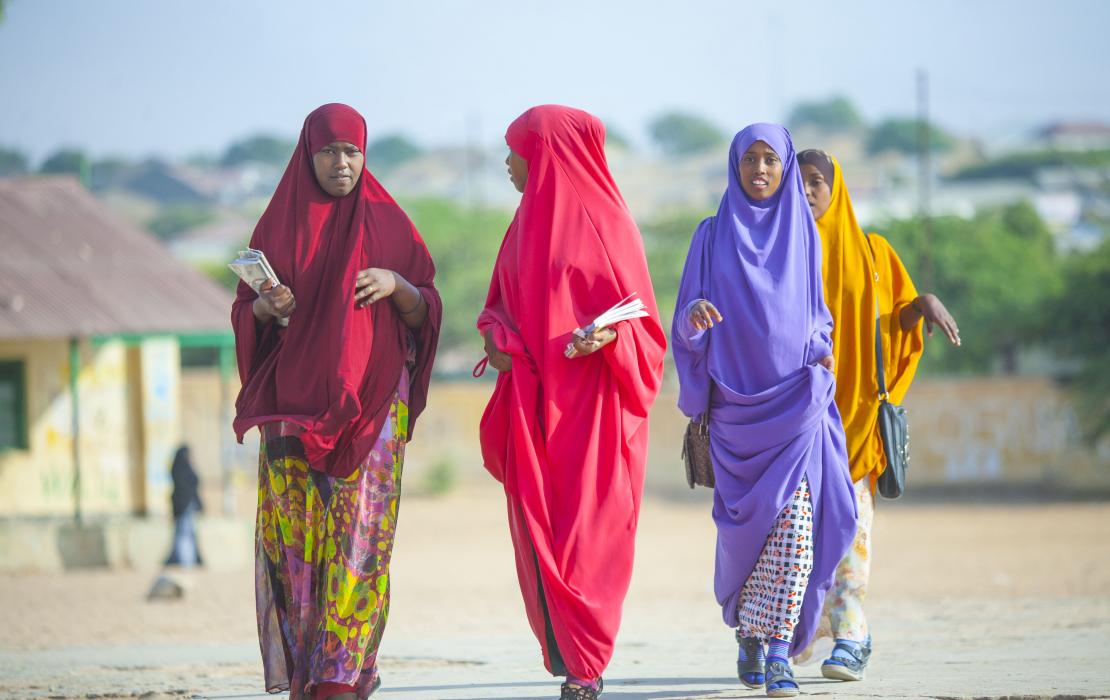
Photo: UNDP/Dream Catcher
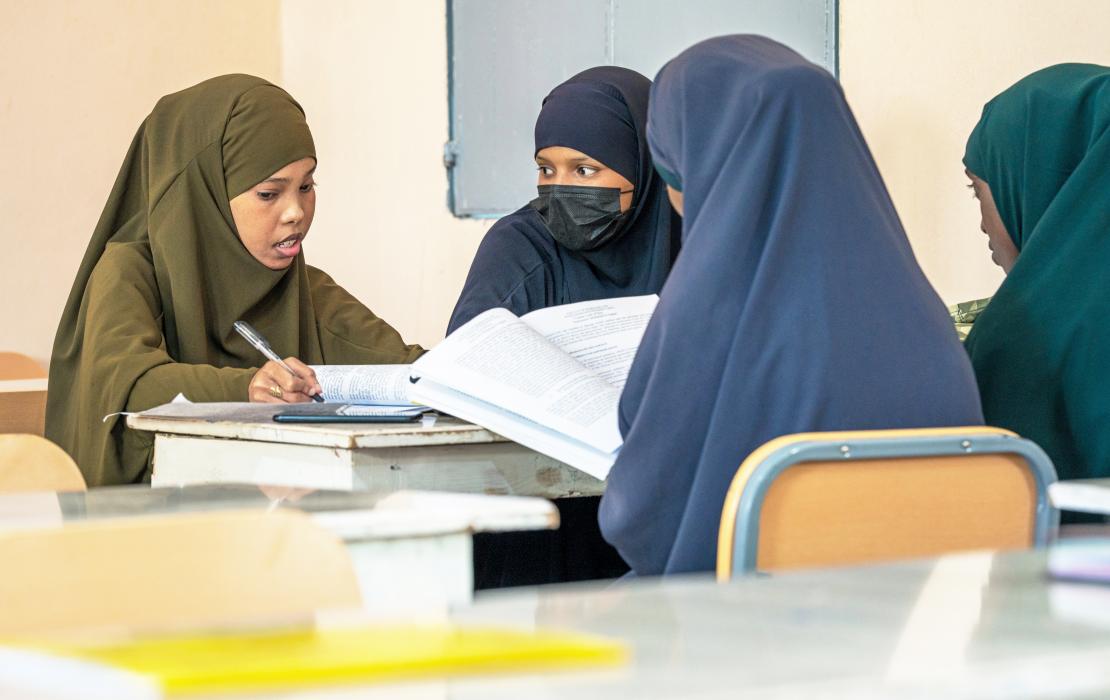
Photo: UNDP Somalia
To strengthen governance and coordination, academic actors will sit on the project’s steering committee, first as observers and later transitioning to an advisory capacity. This is intended to further deepen the partnership and was the first step in the co-production of knowledge in relation to adaptation.
Acting as a repository of knowledge and an oversight partner, university partners can help ensure that the capacity and institutional learning built can continue to be leveraged to contribute to the nation’s long-term climate action. By employing available academic expertise, Somalia gains access to cutting-edge research and methodologies, which further enhances the effectiveness of its climate strategies.
These three African countries have taken the lead in creating innovative approaches to transparency, partnerships, and involving all segments of society to strengthen their efforts in addressing climate change. These instances provide valuable models that other countries around the globe can learn from and emulate.



